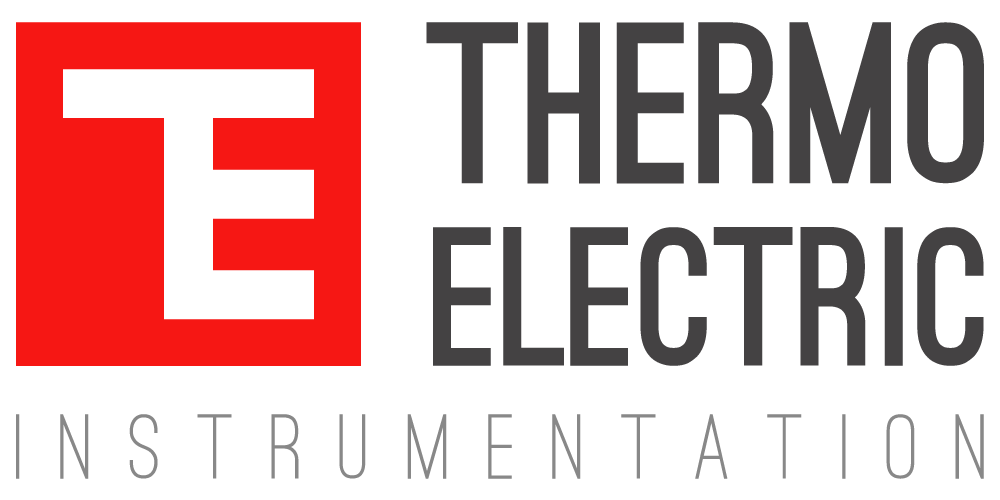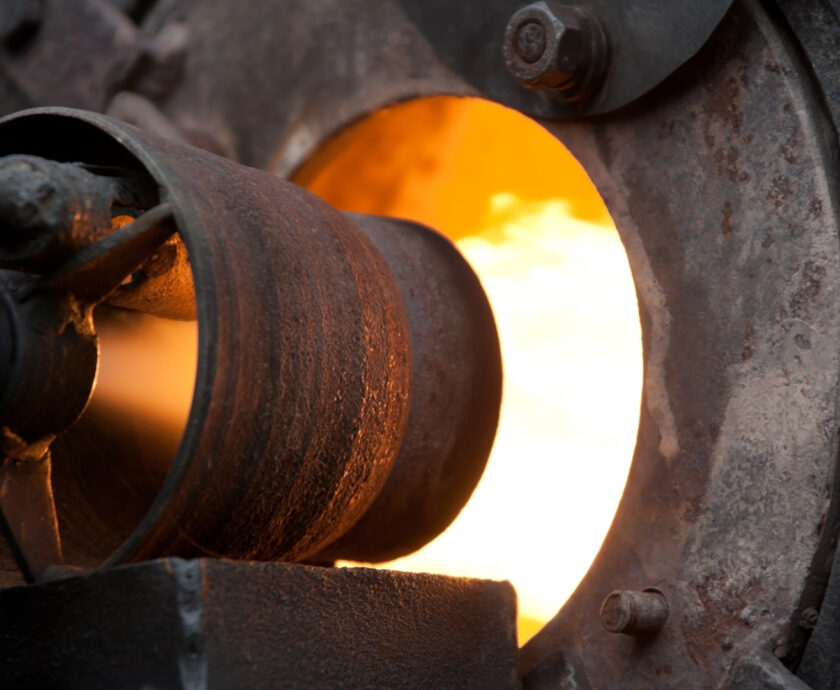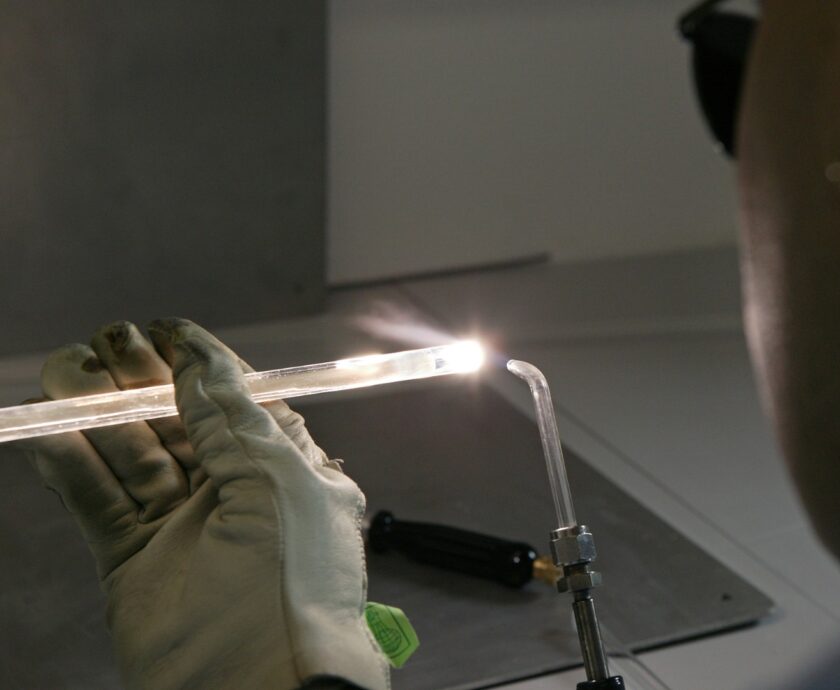Temperature sensors are critical components in many industrial processes, providing essential data that ensures product quality, safety, and operational efficiency. However, like any instrument, temperature sensors can degrade over time if not properly maintained, leading to inaccuracies that can affect overall performance. This article offers practical guidance on maintaining temperature sensors to ensure long-term accuracy and reliability.
The Importance of Sensor Maintenance
Proper maintenance of temperature sensors is key to preserving their accuracy and extending their service life. Regular maintenance helps to:
- Prevent Measurement Drift: Temperature sensors are susceptible to drift, particularly when exposed to harsh conditions such as high temperatures, vibration, or corrosive environments. Routine maintenance can identify and address drift before it impacts process control.
- Ensure Product Quality: Inaccurate temperature readings can lead to poor product quality, especially in industries like food processing, pharmaceuticals, and chemical manufacturing. Maintaining sensors ensures consistent and reliable measurements, helping to prevent quality issues.
- Enhance Safety: In environments where temperature control is critical for safety—such as power plants, chemical facilities, and oil and gas refineries—accurate sensors are essential for preventing hazardous situations. Regular maintenance minimizes the risk of sensor failure.
Best Practices for Maintaining Temperature Sensors
To ensure temperature sensors remain accurate and reliable, follow these best practices for maintenance:
- Regular Calibration
- Importance of Calibration: Temperature sensor calibration ensures that a temperature sensor continues to provide accurate readings. Without regular calibration, sensors can gradually drift away from their original settings, leading to measurement inaccuracies.
- Calibration Frequency: The frequency of calibration depends on the sensor’s environment and the criticality of the measurements. Sensors used in harsh or high-precision environments should be calibrated more frequently. Working with an accredited calibration laboratory ensures that sensors are calibrated to traceable standards.
- Inspect Sensors for Physical Damage
- Regular Inspections: Inspect sensors regularly for signs of wear, such as corrosion, physical damage, or insulation breakdown. Damage to the sensor sheath or lead wires can impact the accuracy of readings or lead to complete sensor failure.
- Replace Damaged Components: If any part of the sensor shows signs of damage, it should be repaired or replaced immediately to maintain measurement accuracy. Ensuring that sensors are in good physical condition is essential for reliable performance.
- Protect Sensors from Harsh Conditions
- Use Protective Sheaths: In harsh environments, such as those involving corrosive chemicals or extreme temperatures, using a protective sheath can help prevent damage. Sheath materials such as Inconel or Hastelloy are ideal for providing additional protection and extending sensor life.
- Thermowell Installation: Installing sensors in thermowells can protect them from direct exposure to process fluids, mechanical stress, and flow-induced vibrations. Thermowells act as a barrier, reducing the impact of harsh process conditions on the sensor.
- Monitor Sensor Performance
- Continuous Monitoring: Implementing systems that continuously monitor sensor performance can help identify issues early. If a sensor starts showing signs of drift or providing inconsistent readings, it can be recalibrated or replaced before it affects the process.
- Cross-Check with Reference Sensors: Periodically cross-checking sensor readings with reference sensors can help identify any discrepancies. This practice is especially useful in critical applications where accurate temperature measurement is essential.
- Store Sensors Properly
- Proper Storage Conditions: When not in use, temperature sensors should be stored in a clean, dry environment to prevent damage. Exposure to moisture, dust, or extreme temperatures can degrade the sensor components, affecting their performance.
- Avoid Bending or Twisting: For sensors with long sheaths or mineral-insulated cables, avoid bending or twisting during storage or installation. Improper handling can damage the internal elements, leading to inaccurate readings.
Signs That a Temperature Sensor Needs Maintenance
- Inconsistent Readings: If a sensor provides fluctuating or inconsistent temperature readings, it may need recalibration or replacement.
- Slow Response Time: A noticeable delay in the sensor’s response to temperature changes can indicate a buildup of residue on the sensor tip or damage to the sensing element.
- Physical Wear and Tear: Visible damage, such as frayed cables, corrosion, or cracks in the sensor sheath, indicates that maintenance or replacement is needed.
Wrapping Up
Maintaining temperature sensors is essential for ensuring long-term accuracy and reliability. Regular calibration, physical inspections, and the use of protective measures can help extend the lifespan of sensors and keep them operating at peak performance. By following best practices for maintenance, industries can reduce downtime, ensure product quality, and maintain safe operations.
Temperature sensors are a vital part of many industrial processes, and their reliability should never be taken for granted. A proactive approach to maintenance helps ensure that sensors provide accurate readings, contributing to the overall efficiency, safety, and success of industrial operations.




